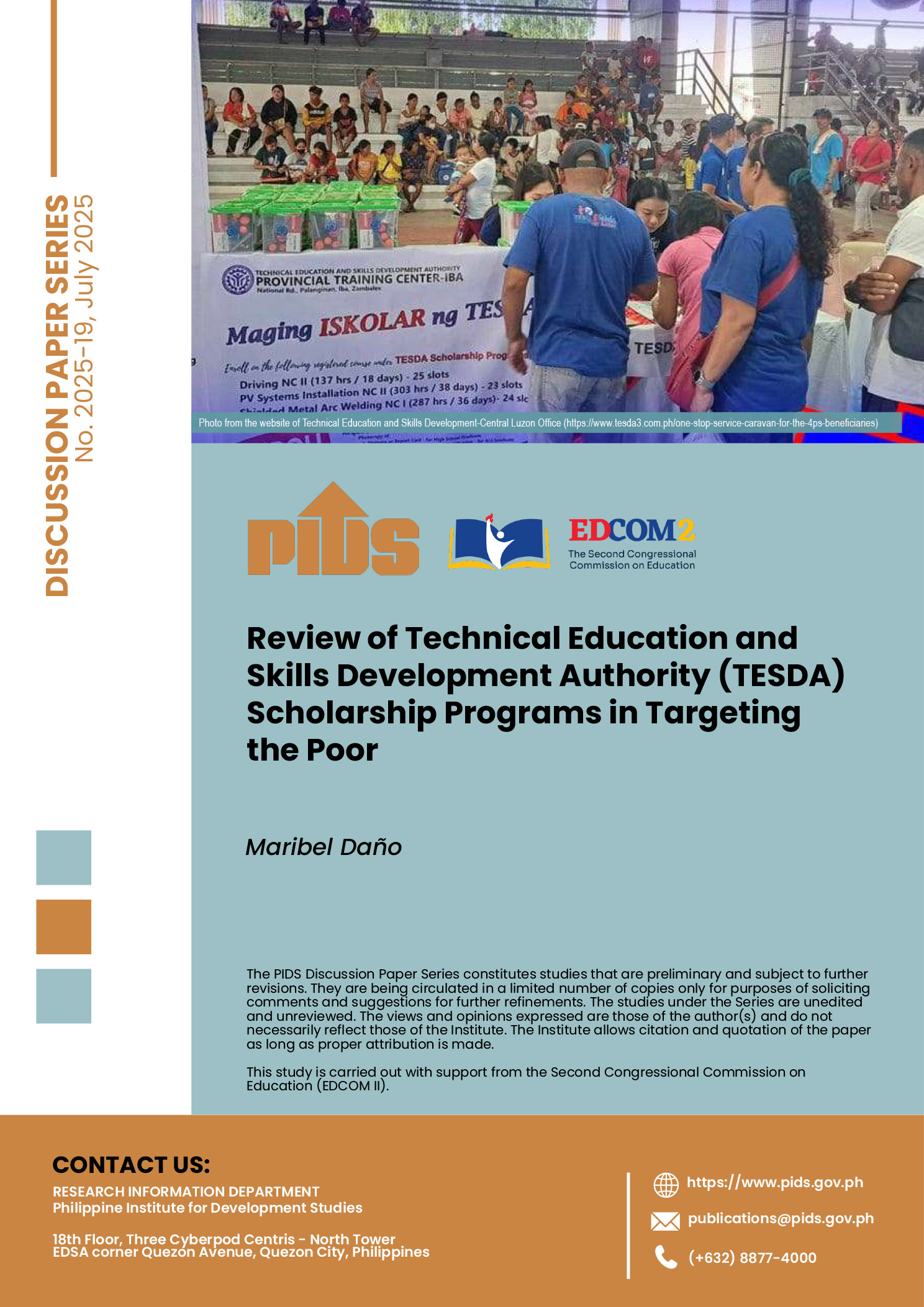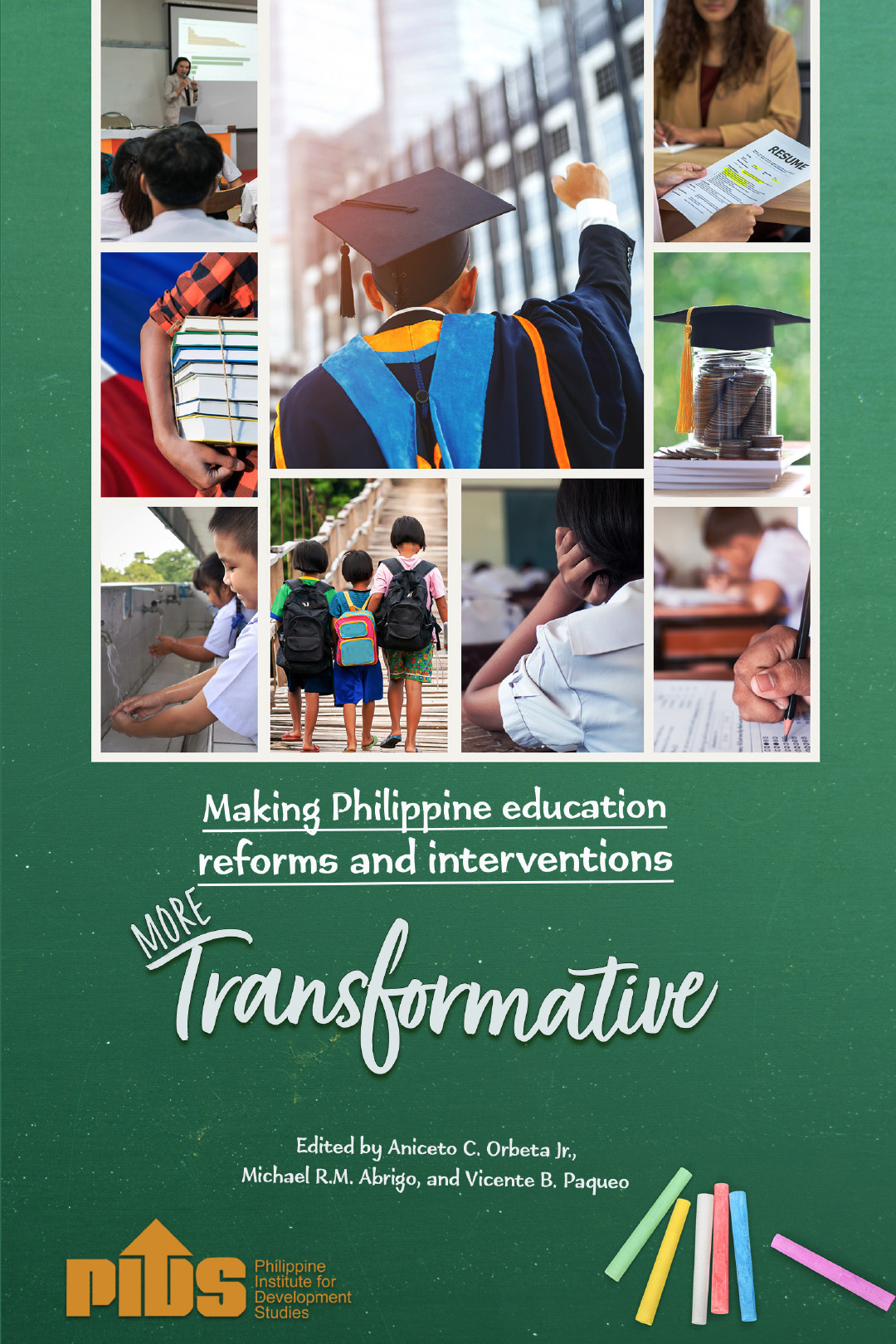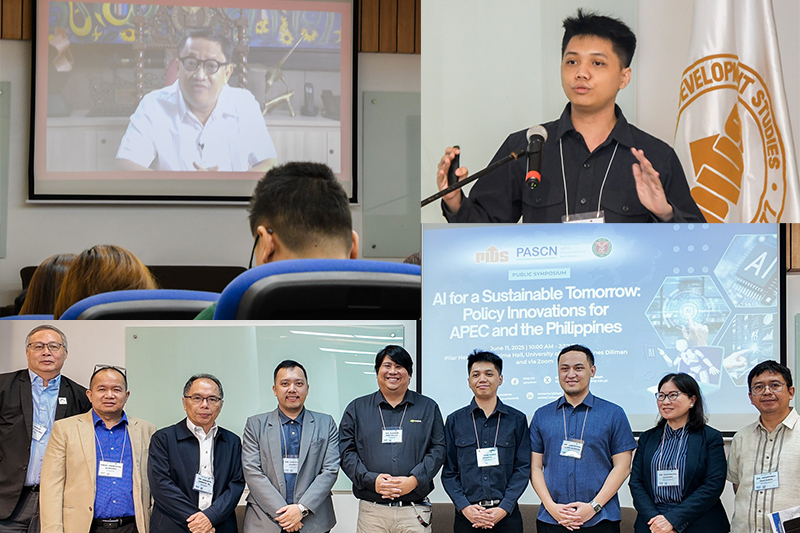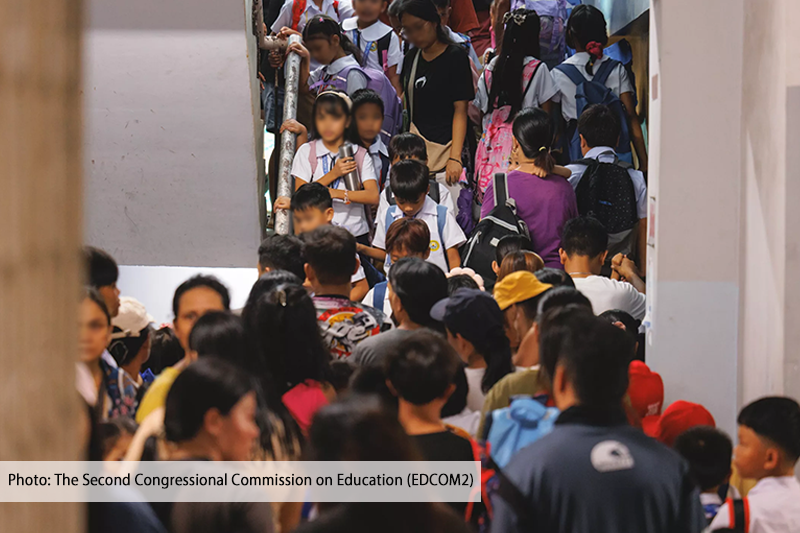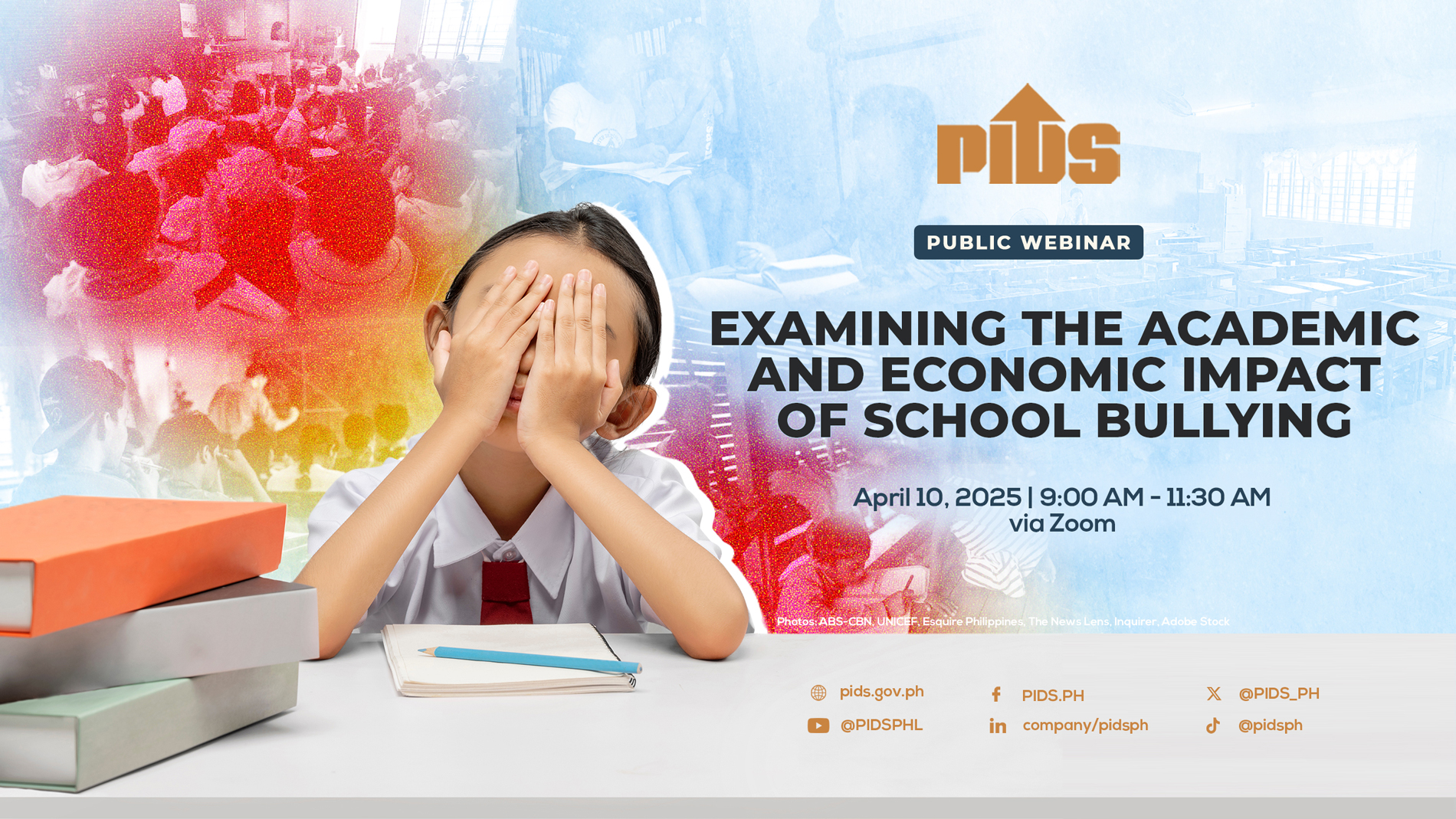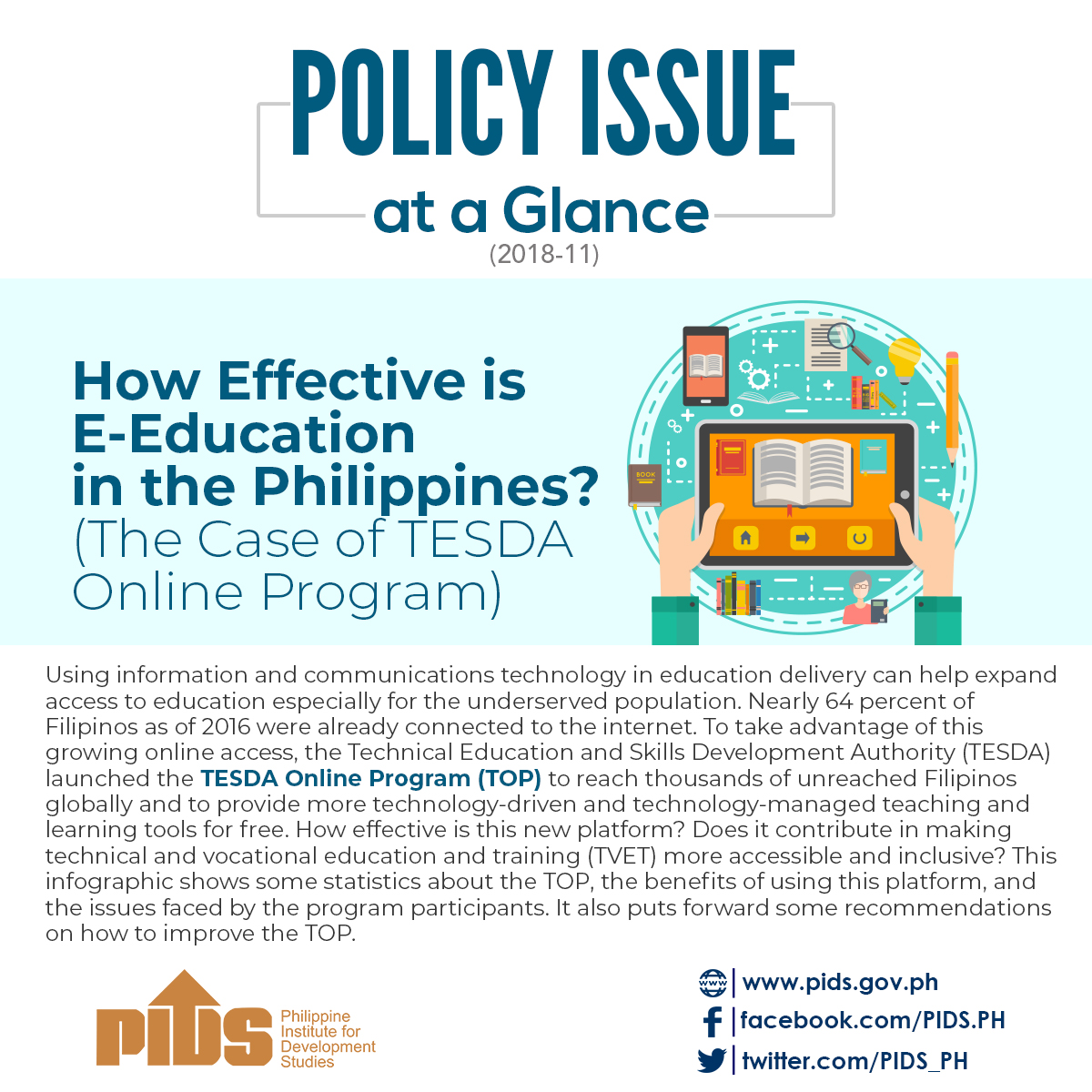CHILDREN who suffer physical bullying at home—especially from parents or adults—are more likely to experience challenges in their studies.
A seven-year nationwide study by government think-tank Philippine Institute for Development Studies (PIDS) that tracked 5,000 Filipino students highlighted the way physical abuse at home significantly disrupts education.
PIDS researchers examined three crucial education-markers: whether students stayed in age-appropriate grades, their attendance records, and their academic performances against five different bullying experiences. It delved into a broader context, exploring the role of bullying by peers, adults and even parents.
Physical abuse by adults
UNIVERSITY OF SAN CARLOS’ Office of Population Studies Foundation policy adviser Dr. Alejandro Herrin presented the research at a recent PIDS webinar, where he pointed out the severe impact of adult-inflicted harm.
“It appears that physical bullying, especially from adults and parents, has expected negative effects on schooling outcomes,” Dr. Herrin shared, then pointed out that students experiencing physical harm were more likely to skip classes.
According to him, their data showed that, by the time the students turned 16, 20 percent were no longer at the grade level expected for their age. He observed that boys appeared more vulnerable than girls in certain aspects. They were more likely to fall behind academically than girls in similar situations.
Emotional bullying by peers
THE study revealed that not all forms of bullying had equally negative effects. Emotional teasing from peers, which students reported as hurtful, was associated with better schooling outcomes in some cases.
“What we found out is that the emotional hurt by friends and classmates seems to have a positive effect on their schooling,” said Dr. Herrin. He emphasized that girls appeared to maintain better academic performance, even when reporting emotional bullying—possibly indicating the development of resilience.
However, researchers cautioned that additional studies are needed to ascertain the outcomes. According to Dr. Herrin, “these are unexpected…and deserve additional investigation, whether these are real thing[s] that we can work on, or is this merely a statistical artifact in the way that we had analyzed the data.”
It could even be suggested, he said, that what students call “emotional bullying” might be normal peer friction that unknowingly motivates them.
Psychology professor at De La Salle University Dr. Allan Benedict Bernardo is also concerned about the students’ perception of bullying: “The bigger problem may be that [they consider such] as a normal part of their social experiences in…schools.”
Dr. Bernardo warned that dismissing bullying as trivial—like “away bata”—risks perpetuating environments where harm is ignored, even as it erodes mental health and academic performance.
Bullying in schools, online
USC’S Psychology professor Dr. Delia Belleza, who analyzed the findings of the PIDS study, explained why definitions matter: “If we search the literature, there are three core elements that make bullying a bullying act: First, it must be repeated. Second, intentional—there is really the intention to hurt and to embarrass. And third, it involves a power imbalance.”
Dr. Belleza remarked that this precise definition helps separate true bullying from normal growing pains, then highlighted the importance of standardized definitions in research. She added: “Studies have shown that there are variations in the rates of prevalence of bullying.”
For her, the “digital era” has also introduced new concerns in tackling bullying.
“We have less control [over what they click, and they have been involved in a lot of social interactions which we do not see],” the professor warned, as she noted the way cyberbullying evades traditional monitoring.
Approaches to combat bullying
AS schools in the Philippines implement anti-bullying policies, Dr. Herrin identified the core challenge: “What is needed is implementation, the challenge being [is, how to implement the policies].”
Their study recommended tailored approaches addressing various types of bullying while leveraging new mental health laws. Beyond school policies, family and community interventions are crucial. Parents, in particular, play a pivotal role in shaping children’s emotional and academic well-being.
“We need also to look at the association between bullying and mental health, since they are closely related,” Dr. Herrin suggested.
Meanwhile, Dr. Belleza highlighted the importance of empowering all students, not just those bullied, to foster a more positive school environment: “Bullying involves a power relation, where someone is dominant and picks on others because of their appearance or other characteristics.”
She urged children to focus on self-enhancement and resilience-building in creating a positive sense of self to manage interactions and prevent harassment.
Bullying from home to school
MEANWHILE, actress and positive parenting advocate Candy Pangilinan recently appeared in Save the Children-Philippines’ latest video campaign entitled: “Stop Passing It,” which calls on parents to end physical and humiliating disciplinary practices.
There, Pangilinan highlighted that not all traditions, including the use of corporal punishments, should be passed on to the next generation.
Save the Children-Philippines’ Child Protection advisor and child-protection expert Wilma Bañaga warned that kids who experience or witness violence at home often channel their aggression through bullying: “Many children cannot retaliate when hurt or shamed by a parent or caregiver, so they express their anger, resentment and pain elsewhere, sometimes through aggression toward their toys, pets, younger siblings, or classmates who are smaller or appear weaker than them.”
Recent headlines have reported tragic incidents of violence and serious physical harm among students. According to the Department of Education, bullying cases in the National Capital Region rose to 2,500 in School Year 2024-2025—up from 2,268 the previous year.
Research from the Global Initiative to End All Corporal Punishment of Children in 2021, supported by Save the Children, shows practices like slapping, spanking and verbal shaming are associated with increased aggression, anxiety, depression and long-term mental-health challenges in children.
For Bañaga, physical and humiliating punishments at home can confuse children about what’s right or wrong, and may copy this behavior when dealing with peers.
In the video “Stop Passing It,” Save the Children Philippines calls on parents and caregivers to break the cycle of violence often disguised as love and tradition. The “Positive Parenting” campaign promotes nurturing ways to raise children, such as listening patiently, setting clear rules and boundaries, guiding them with empathy, and making them feel loved and accepted no matter what.
“This is why it is so important for parents to model positive, nonviolent ways of handling conflict—especially for young children who are still learning how to manage emotions and relationships,” according to Bañaga.
Save the Children, together with the Child Rights Network, is working closely with the national government in strengthening awareness-raising efforts on the after-effects of corporal punishment in all settings, while promoting positive parenting practices in new and existing policies and programs.

